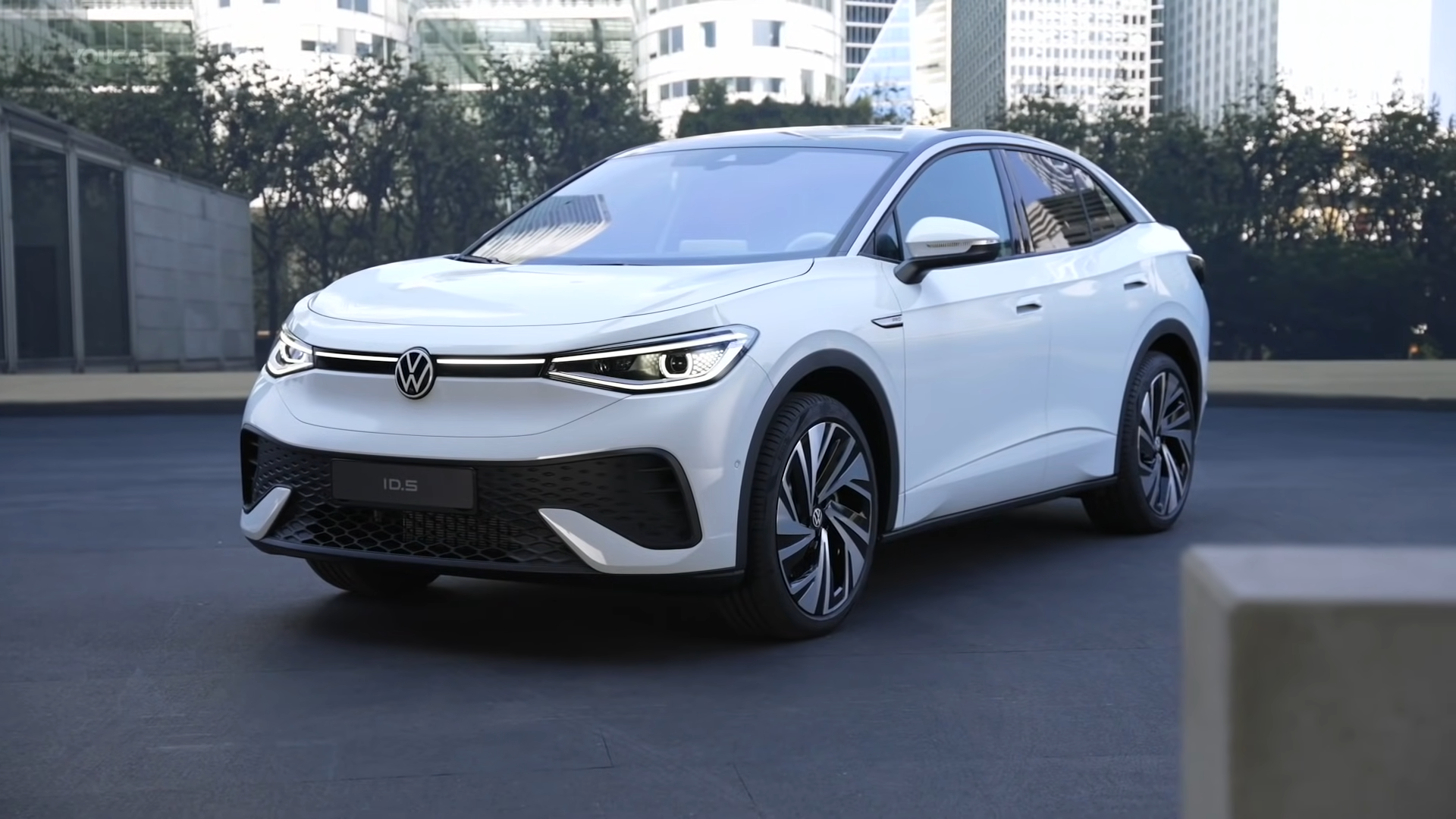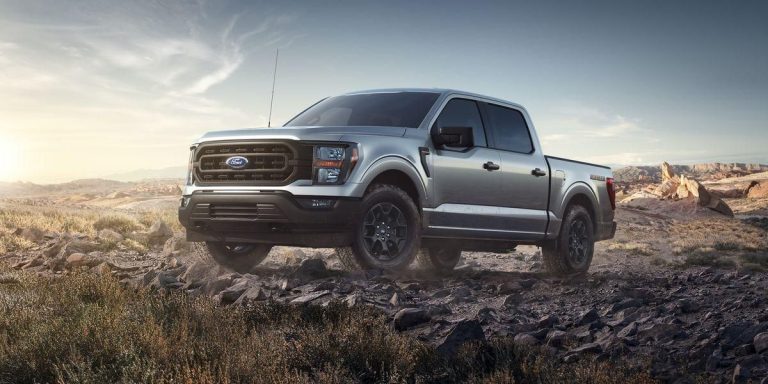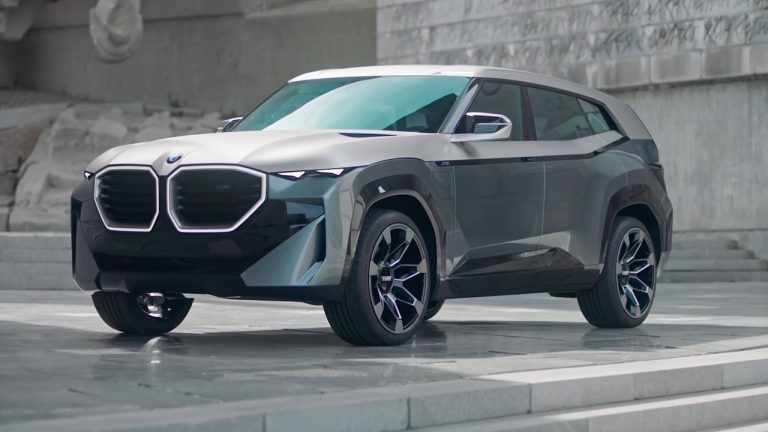Motorcarspecs.com delivers automobile industry news, and its unique content can entice viewers from all over the world. Every day, the Motorcarspecs.com team assists thousands of consumers in conducting vehicle research and comparing pricing on a wide range of automotive products and services. We’ve been pioneering innovative ways for prospective buyers to engage with automobiles and obtain timely and accurate information since January 2020. We created this platform for you, the viewers, to provide an honest evaluation on a relevant automobile, which we will completely review and post on our site.
- Golf Volkswagen
- Ford Focus
- Volkswagen ID
- Seat Leon
- Toyota Corolla
- Audi A3 Sportback
- BMW 1 Series
- Mazda 3
- Skoda Octavia
- Kia Ceed
Greatest family hatchbacks
Golf Volkswagen
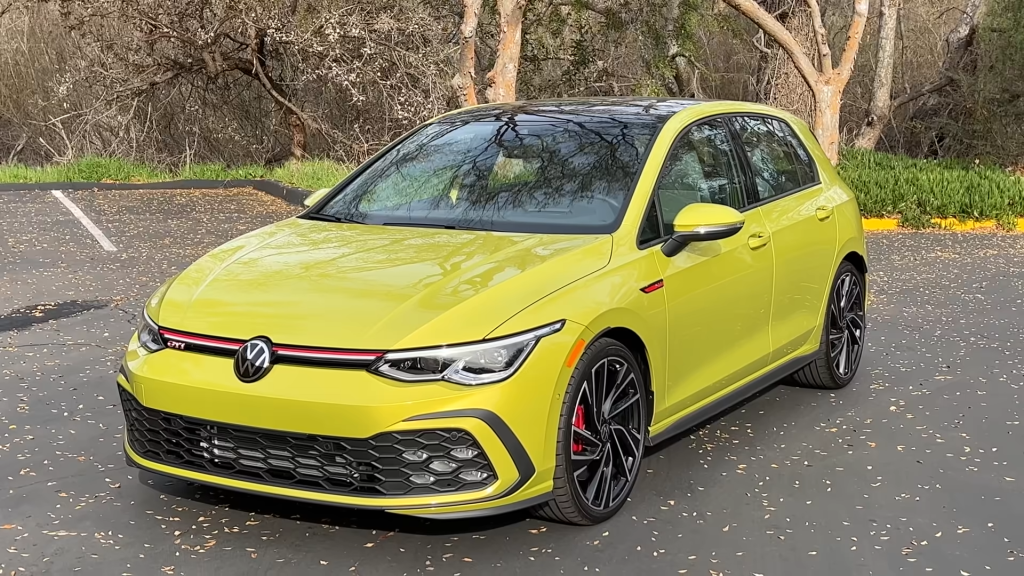
With the launch of the Mk8 Golf, Volkswagen has successfully reclaimed what is widely acknowledged to be its rightful position at the pinnacle of the family hatchback category. The current generation of the Volkswagen Golf has undergone only modest revisions to its internal workings. It retains the MQB platform upon which its predecessor was built and, with the exception of the inclusion of 48V mild-hybrid technology, it employs the same engine lineup.
However, the culmination of all of these seemingly insignificant alterations has produced a vehicle that is absolutely stunning. Despite having a slightly more rigid suspension setup, which prevents us from opting for cheaper cars with torsion beams, the Volkswagen Golf maintains its status as the best all-around vehicle in its class in terms of ride refinement, handling balance, and performance. The interior space has also been improved, and there is now a more high-tech infotainment system, which will appeal to many people even though the touchscreen interface is not the most user-friendly one.
The new exterior design of the Golf may not be to everyone’s liking, and the interior does not have the same level of plushness that we have come to expect from previous generations of the Golf. The current generation of the GTI has proven to be a capable hot hatch; however, due to its sharper and more concentrated setup than ever before, it has lost some of the easy everyday utility that distinguished its forerunners, and it is not the most engaging vehicle that is available in its segment.
The plug-in hybrid GTE version, on the other hand, now feels more like a true plug-in hot hatch than it ever has before, and the range-topping Golf R has the speed and technical specification to really grab your attention, despite the fact that it comes with a hefty price tag. The Volkswagen Golf continues to fulfill virtually all hatchback consumers’ preferences and requirements.
Ford Focus
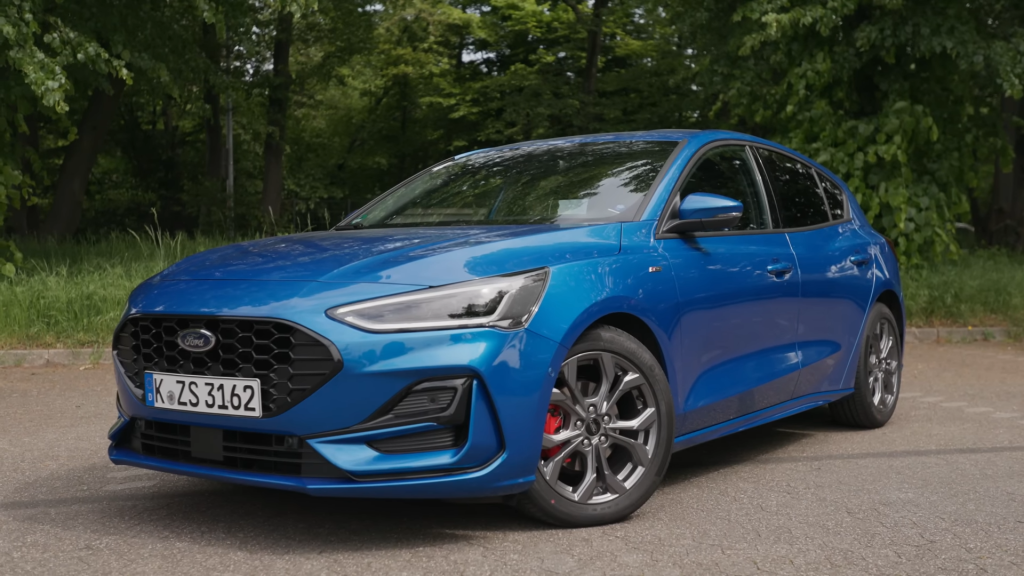
It’s true that the newer Mk8 Golf has surpassed the current Ford Focus, as the best family hatchback according to Autocar’s rankings, but the fact that it also has exceptional handling and a compliant, well-resolved ride indicates that it’s still among the best and unquestionably the best driver’s car in its class. Following a brief period of decline that coincided with the discontinuation of the Focus Mk1, the world’s best-handling family hatchback has unquestionably returned to its previous level of excellence.
The Ford has been given a new lease on life as a result of the introduction of an entirely new platform as well as a redesigned exterior. However, in terms of fit and finish quality as well as the variety of materials used, its cabin is not up to the standards set by competitors in this category.
This fourth-generation automobile offers a choice between gasoline and diesel powertrains, with the more cutting-edge hybridized Ecoboost gasolines serving as the standard equipment. The base models have a torsion beam rear suspension system with passive dampers rather than the multi-link suspension system with adaptive dampers seen on more powerful models. In spite of this, even the car’s lower-end and less sporty variants outperform their rivals when it comes to the dynamic nature of their handling.
The exceptional Focus ST with a 2.3-liter engine is the most athletic version of the car. Unfortunately, Ford will not be offering a full-bore RS for the current generation of models; however, a good number of people will find that the ST’s warbling engine provides more than enough fun.
Volkswagen ID
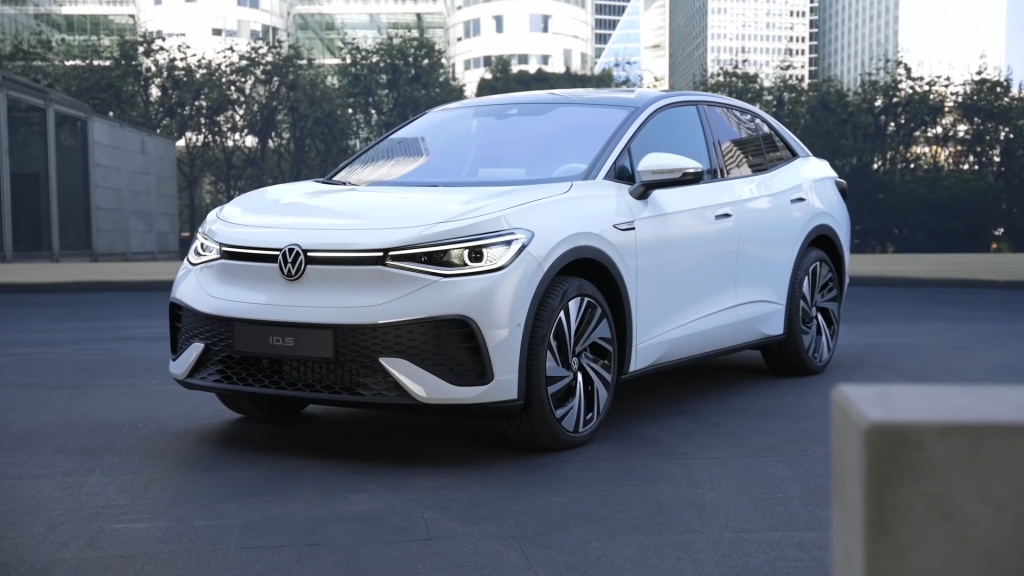
The Volkswagen ID 3 is the first typical family hatchback to present a convincing argument for moving away from fossil fuels. This automobile, which is constructed on a one-of-a-kind platform designed for electric cars and is propelled by a drive motor that is mounted in the trunk, takes full advantage of the benefits that electric power has to offer in terms of the compactness of the cabin and the handling agility it provides. It comes with a variety of battery options, the smallest of which still provides the car with a range that is close to 200 miles (enough to beat an equivalent Nissan Leaf), and it costs less than £29,000 after the government’s ‘PiCG’ EV purchase incentive, which makes it a cost-effective alternative to owning and operating a gasoline-powered equivalent.
The interior space of the ID3 is comparable to that of a number of the other vehicles on our list, despite the fact that the car has a small exterior size and a trunk that is also on the smaller side. The absence of a front-mounted powertrain in the majority of models contributes to an improvement in the turning circle of the vehicle, making it possible for the vehicle to have an exceptionally small turning circle and excellent agility at low speeds.
The interior is, in some respects, sparsely designed and lacks the usual attention to detail that Volkswagen pays to the quality of its materials; furthermore, the touchscreen infotainment system isn’t everyone’s cup of tea. Even at this late stage, there are very few hatchback-sized electric vehicle options that are currently superior to this one.
Seat Leon
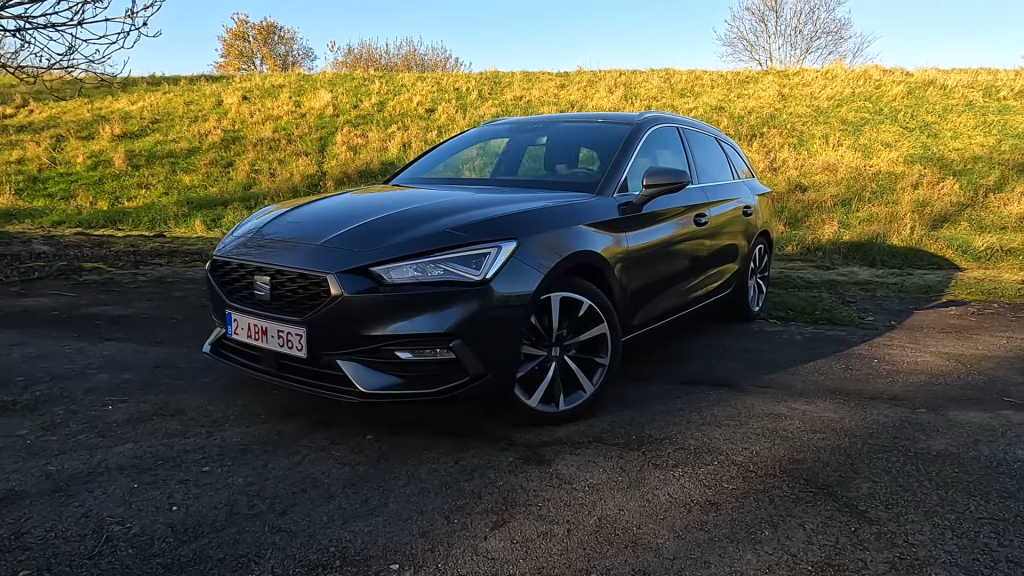
The current generation of the Seat Leon is the fourth iteration of the model, and it shares the same MQB platform and engine lineup as the market-leading Volkswagen Golf.
This current Leon is not quite as physically appealing as its immediate predecessor was, particularly when compared to its Golf and Skoda Octavia relatives; this may cause a portion of its identity to be lost. In spite of this, it is still the sportiest and most enjoyable family hatchback in the VW Group’s lineup, despite the fact that its handling zest is not quite on par with that of the Focus. Its interior is comparable to that of the Golf, has an elegant appearance, and offers a level of space and functionality that is among the highest in its class.
Although it is important to note that vehicles with 148 horsepower do not come standard with the more advanced rear suspension that is standard on the Golf, the Leon has a lower starting price than the Golf does, which is another advantage it has over the Golf. In spite of this, the new Leon is a hatchback that comes highly recommended.
Because a plug-in hybrid version of the Leon was just released, tax-conscious business customers can now drive a vehicle that falls into the benefit-in-kind category that only requires an 8 percent tax deduction. In the meantime, the more athletic Cupra model is also offered as a plug-in hybrid, and conventional gasoline-powered versions will follow in due course.
Toyota Corolla
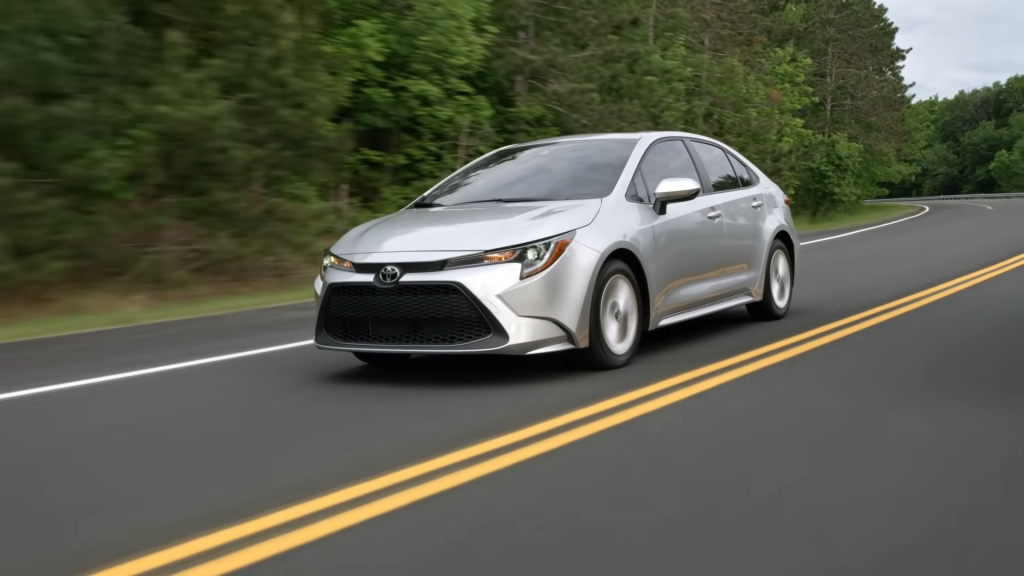
Over fifty million Toyota Corollas have been sold worldwide by Toyota since the 1960s. This is a model of automobile that is extremely well-liked all over the world. The current twelfth-generation version replaced Europe’s unlovely Auris hatchback in 2018, causing a stir in the process by demonstrating that Toyota could produce a family hatchback with strong interior quality and practicality, as well as really creditable driving dynamics. While it has been a permanent fixture of Toyota’s model range in other markets, Europe saw the current twelfth-generation version replace the Auris hatchback in 2018.
When it was first introduced, the Corolla was offered with a choice between two gasoline-electric “self-charging” hybrids or a conventional 1.2-liter turbocharged gasoline engine; however, Toyota has since discontinued the gasoline option. That means you won’t be able to avoid Toyota’s cutting-edge hybrid-car driving experience, which isn’t to say that you should be concerned about that; it just means that the purchase price of this vehicle will be slightly higher than that of some of its rivals.
The standard 1.8-liter engine is still a little sluggish in terms of acceleration, but it is now more fuel-efficient, quicker, and polished than it was in the past. However, the Corolla’s upper-level 2.0-liter hybrid powertrain provides a sufficient amount of horsepower and readily available torque, in addition to an efficiency of close to 50 miles per gallon.
This vehicle currently possesses a chassis that would earn the respect of any European automaker and at least one powertrain that is able to put it through its paces; in addition, Toyota has not ruled out the possibility of producing a full-fat GR performance version of this vehicle.
Audi A3 Sportback
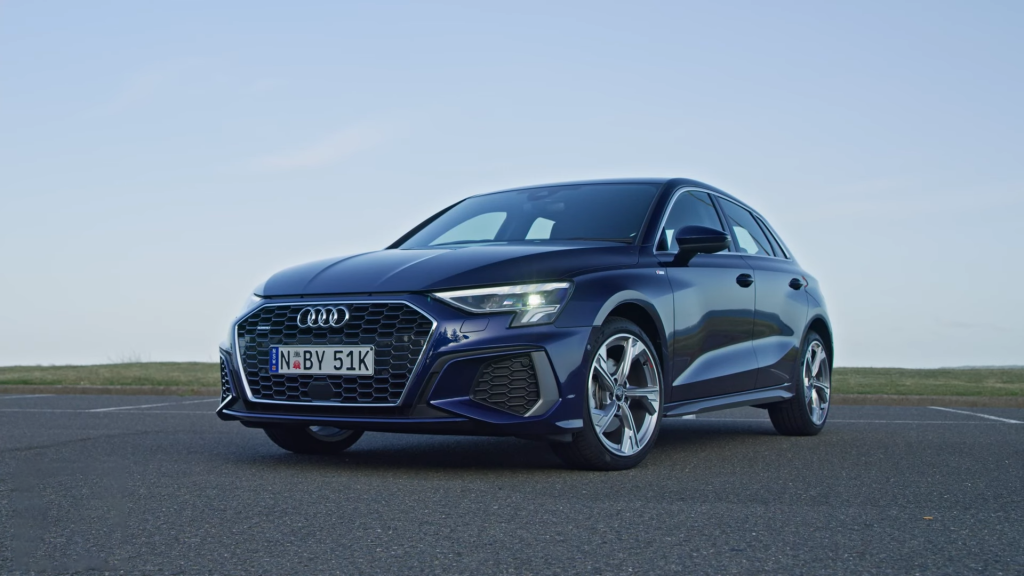
It is classy, polished, comfortable, attractive, and incredibly secure and solid in its handling. The fourth-generation Audi A3 improves on the qualities that have made it such a hit in the family hatchback market in the past. It is more of a methodical and logical development of the already established formula as opposed to a revolutionary shift, and there is nothing inherently wrong with that.
The new Audi A3 is built on an improved version of the MQB architecture that is used by the Volkswagen Group, just like its Seat, Volkswagen, and Skoda siblings. These improvements were made to allow for a more diverse powertrain lineup that includes plug-in and mild-hybrid options, and they are shared by all of these siblings. Both the Audi S3, with 306 horsepower, and the RS3, with 394 horsepower, are all-wheel-drive performance versions of the car. The RS3 is designed to compete with the Mercedes A45 S super hatchback.
In comparison to BMW’s 1 Series, the A3’s more practical gasoline and diesel engine options aren’t as lively and exciting, but the A3’s higher level of refinement and performance makes it a more appealing all-around vehicle overall. Although it lacks some of the “material wow factor” of its direct predecessor, the A3 is still our pick for the best premium-brand hatchback.
BMW 1 Series
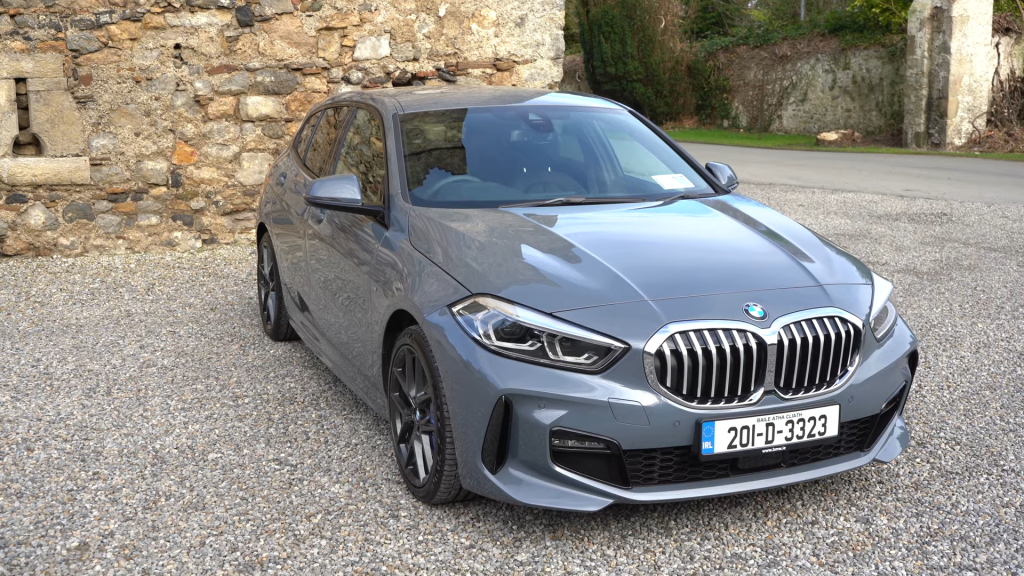
In the crowded market for hatchbacks, BMW’s 1 Series hatchback, which is notorious for being the only vehicle in its class to attempt to use a rear-wheel-drive chassis in the modern era, managed to make it onto the list, which is something of a victory in and of itself. The hatchback’s history has been marked by a history of dynamic difficulties.
To summarize, since adopting mechanical convention for engine arrangement and axle drive, the current generation of the 1 Series has lost very little and gained a significant amount of ground. The car’s handling is clean and secure, with body control and driver involvement good enough to set it apart from the majority of its competitors. Four-wheel drive alternatives are available in conjunction with the more powerful engines. The car’s architecture features front-wheel drive, but four-wheel drive alternatives are also available. In the meantime, the interior packing is significantly improved over its rear-drive predecessor, with significantly increased second-row seat room as well as increased luggage capacity; however, it is only broadly competitive with other vehicles in its class.
In the highly competitive market for premium family hatchbacks, the BMW 1 Series is an option that comes highly recommended. It offers a wide selection of potent gasoline and diesel engines, most of which are mated to transmissions that are both smooth and fuel-efficient, and it boasts equally impressive on-board information and entertainment systems. The all-wheel-drive M135i is a seriously effective all-weather hot hatch, and the new 128ti variant is shaping up to be a strong contender to the Mk8 Golf GTI. Both of these models come standard with a turbocharged four-cylinder engine.
Mazda 3
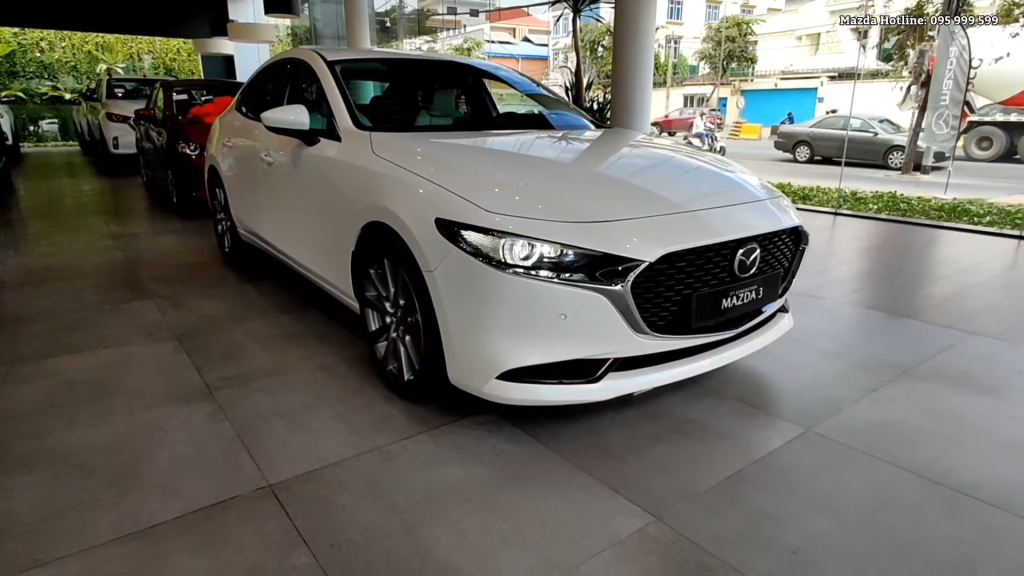
It’s possible that the fourth-generation Mazda 3 has the most appealing styling of any family hatchback currently available on the market. And, joy of joys, it retains all of the characteristics that made its predecessor such an appealing candidate in this extremely competitive class: excellent value for the money, agile handling, and a choice of atmospheric gasoline engines.
It is now more competitive with premium hatchback options as a result of higher levels of perceived quality than it had been previously. It also has quick and direct steering, a manual gearbox that is crisp and smooth feeling, and excellent body control, which gives it a level of driver appeal that is comparable to that of the Ford Focus.
The 2.0-liter SkyActiv-G gasoline engine that comes standard in this vehicle isn’t quite powerful enough to pass the class leader, but the new SkyActiv-X option is more torquey and efficient at higher cruise speeds. The only things that can be considered to be its flaws are a slight unwillingness to rev and some roughness under load.
Skoda Octavia
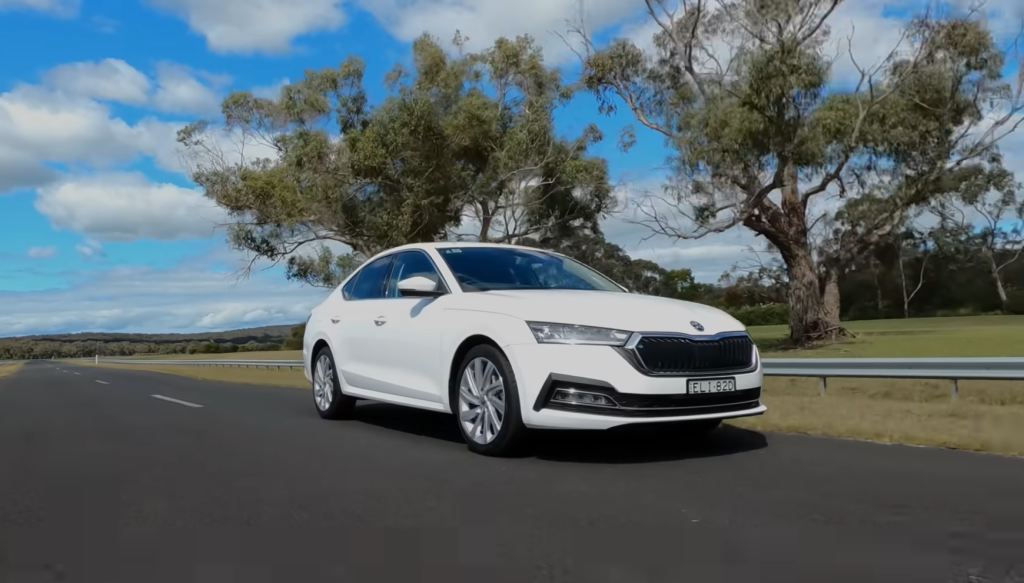
The new Octavia stays true to its roots by putting an emphasis on the car’s traditional strengths, which are its practicality and its competitive price.
The Octavia estate version has more cargo room than any of its competitors, and the liftback version of the car also has a good amount of space for passengers and their belongings. Although it does not have the same level of engagement as a Leon or the same level of sophisticated ride refinement as a Golf, it is not too far behind either of those cars.
It is still the most sensible option available among its siblings in the VW Group. Those who are just looking for an inexpensive family runabout that has plenty of space for passengers and cargo will be impressed by what this place has to offer. On the other hand, anyone emerging from a Focus might be put off by the relatively placid demeanor of this vehicle. All of the new Octavia vRS vehicles, which are available in gas-powered, diesel-powered, and plug-in hybrid variants, make significant strides toward resolving problems of this nature.
Kia Ceed
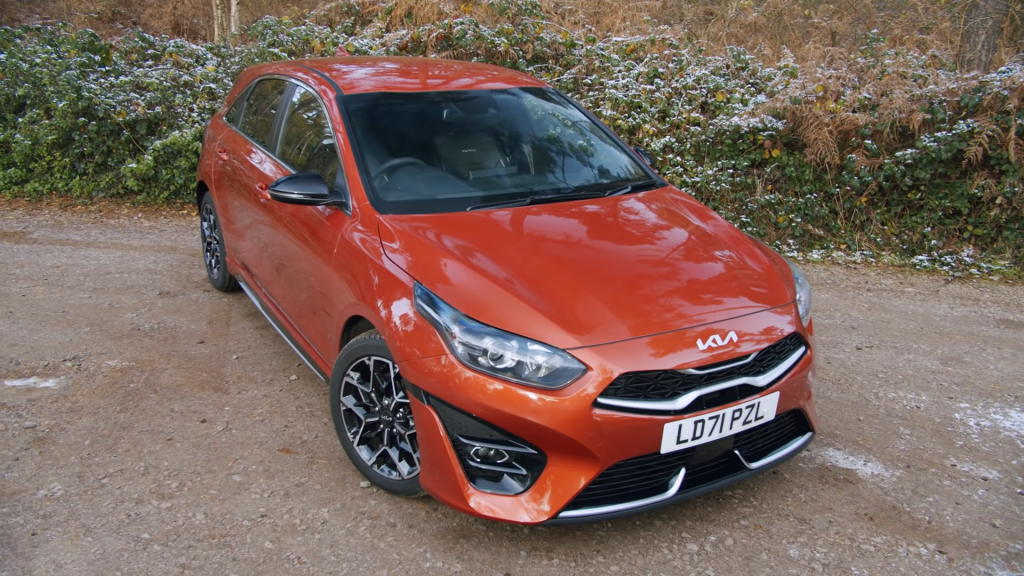
This third-generation Ceed is by far the most compelling iteration yet, making it a lucky number three for the South Korean manufacturer.
Despite the fact that it still lacks some of the more upscale competition’s elegant material appeal, the handling and steering are more advanced than they have ever been, and the cabin has enough space for four adults to fit inside of it, despite the fact that it does lack some of those features. Its diesel engines are refined and smooth, and they may produce remarkable fuel economy. In the meantime, a new and more powerful 1.5-liter turbo gasoline engine replaced the older 1.4-liter turbo gasoline engine in 2021 when the most recent redesign was implemented.
The Ceed is a worthy challenger in a market that is extremely competitive; however, it does not have the dynamic polish and all-around appeal of the category leader. In the meantime, the Proceed compact shooting brake is a stylish addition to the lineup of family hatchbacks that Kia offers, and it offers plenty of appeal to drivers.


